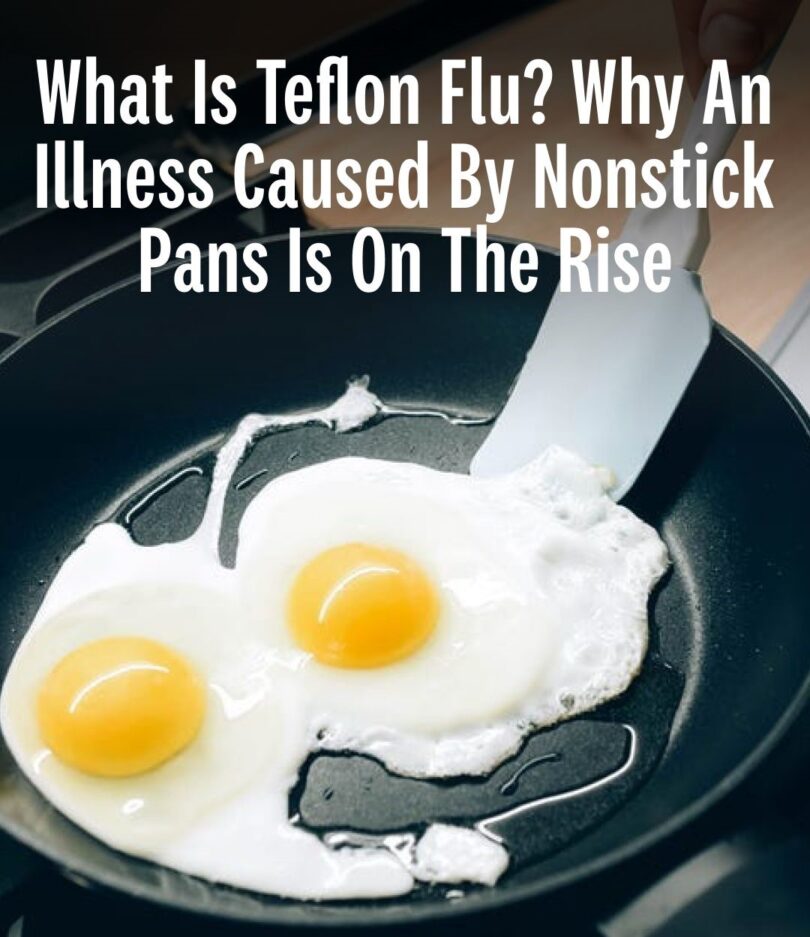ADVERTISEMENT
How to Avoid Teflon Flu
To minimize the risk of Teflon flu, it’s important to keep your cookware at low to medium heat settings. Ensure the pan’s surface temperature never exceeds 450 degrees Fahrenheit. Additionally, Sisavath Keovilay, PhD, chair of the baking and pastry department at Keiser University, recommends always using a vent hood or fan when cooking. This helps disperse any fumes or smoke from food or cookware.
If you’re still worried about Teflon flu, switching to alternative cookware is an option. Chef Shawn Matijevich, lead instructor at the Institute of Culinary Education, suggests using pre-seasoned blue steel or cast iron pans. These alternatives provide similar nonstick benefits without the associated risks of Teflon. Matijevich mentions that while he avoids Teflon at home, he occasionally uses it in professional settings for tasks that require the efficiency of a nonstick surface.
In summary, Teflon flu can be avoided by using nonstick cookware at safe temperatures, ensuring proper ventilation, and considering alternative pans if needed.
ADVERTISEMENT
